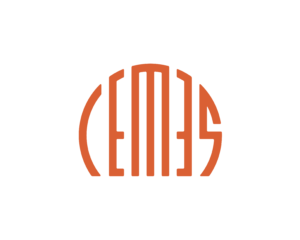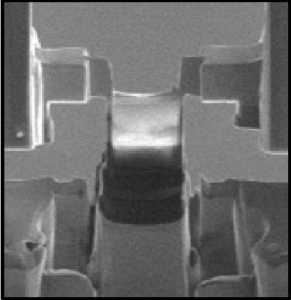Research project selected under the 2022 call for proposals

Principal Investigator : Martin HYTCH
Involved Teams :
- CEMES / In situ interferometry and instrumentation for electron microscopy,I3EM
Type of project : Distruptive Project
Date (start/end) : 2021 – 2024

Dielectric materials are ubiquitous in microelectronic devices because of their ability to polarise. Ferroelectric materials, which exhibit spontaneous polarisation, are under intense investigation to create new energy-efficient devices. Many techniques exist to measure electrical performance macroscopically but the ability to measure polarisation at the nanoscale remains problematic. Currently, transmission electron microscopy (TEM) only provides indirect measurement of polarisation using structural and chemical analysis. The project FLOAT aims to develop a more direct method of measuring polarisation in thin-layer devices by determining the local electric fields using operando electron holography. The aim is to determine local hysteresis curves of polarisation as a function of applied bias across layers and interfaces.
